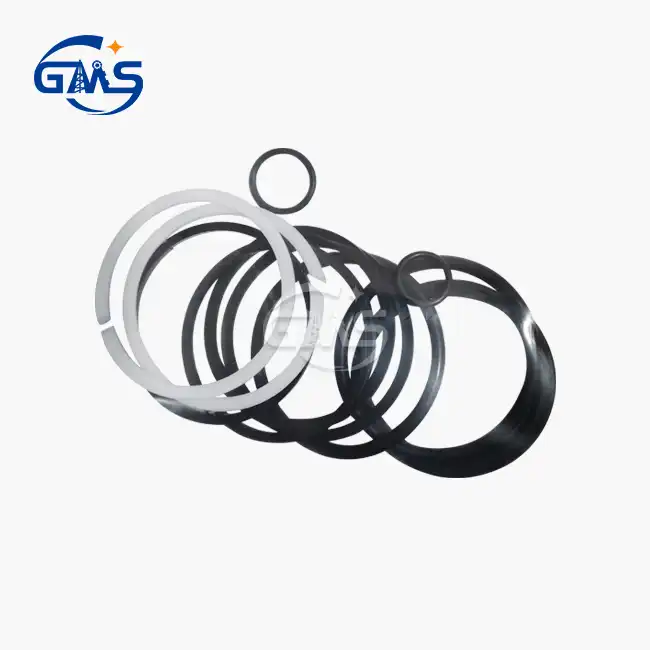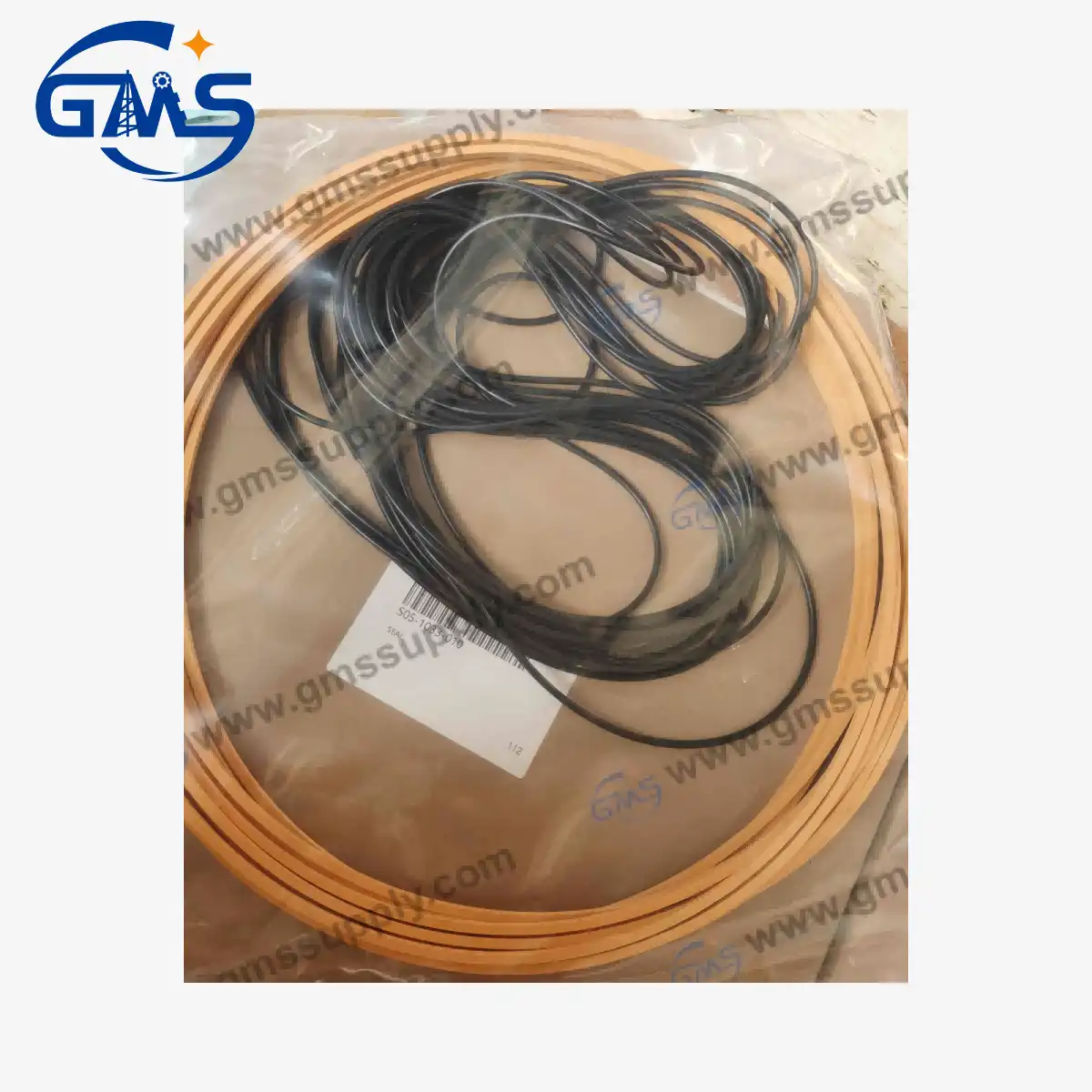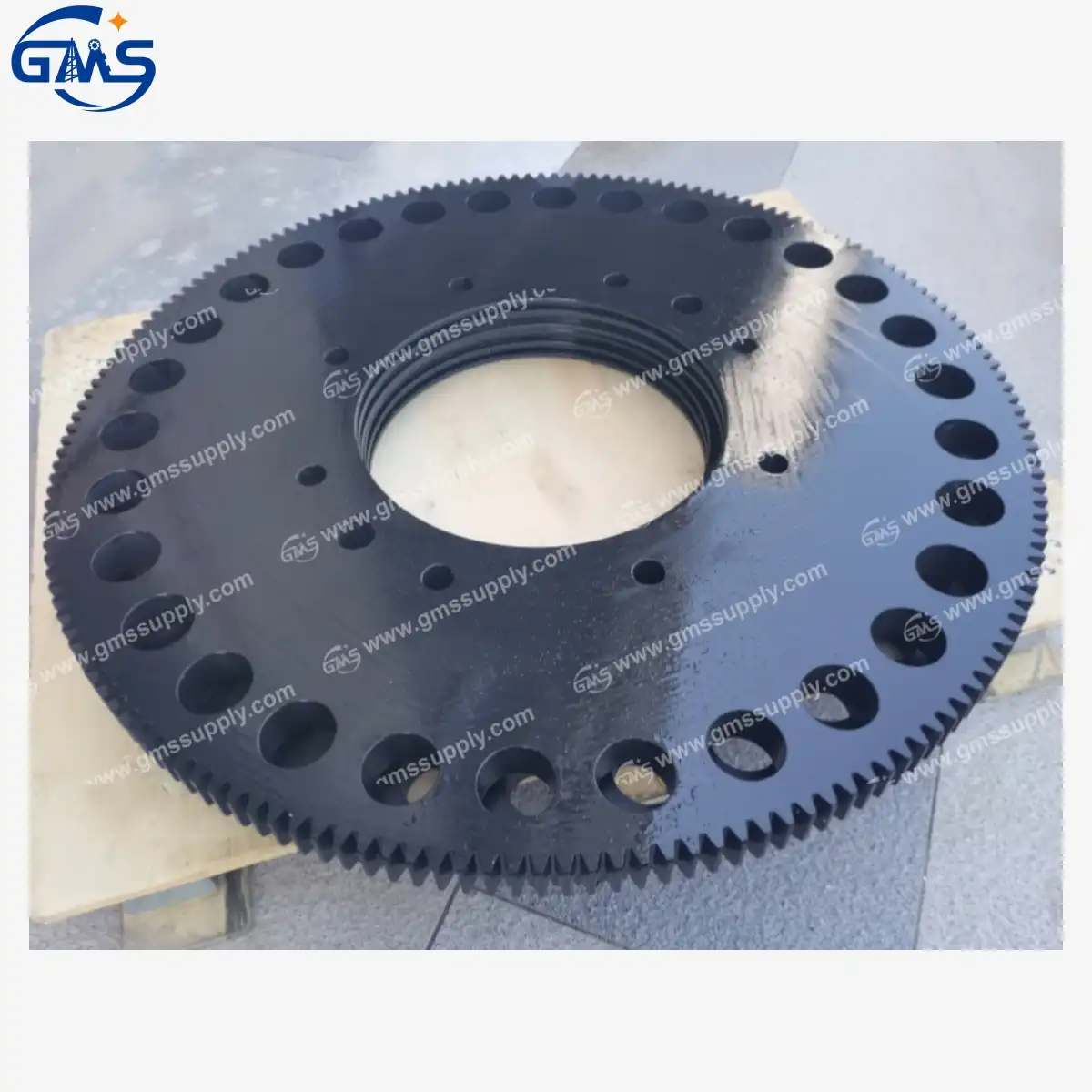- English
- French
- German
- Portuguese
- Spanish
- Russian
- Japanese
- Korean
- Arabic
- Greek
- German
- Turkish
- Italian
- Danish
- Romanian
- Indonesian
- Czech
- Afrikaans
- Swedish
- Polish
- Basque
- Catalan
- Esperanto
- Hindi
- Lao
- Albanian
- Amharic
- Armenian
- Azerbaijani
- Belarusian
- Bengali
- Bosnian
- Bulgarian
- Cebuano
- Chichewa
- Corsican
- Croatian
- Dutch
- Estonian
- Filipino
- Finnish
- Frisian
- Galician
- Georgian
- Gujarati
- Haitian
- Hausa
- Hawaiian
- Hebrew
- Hmong
- Hungarian
- Icelandic
- Igbo
- Javanese
- Kannada
- Kazakh
- Khmer
- Kurdish
- Kyrgyz
- Latin
- Latvian
- Lithuanian
- Luxembou..
- Macedonian
- Malagasy
- Malay
- Malayalam
- Maltese
- Maori
- Marathi
- Mongolian
- Burmese
- Nepali
- Norwegian
- Pashto
- Persian
- Punjabi
- Serbian
- Sesotho
- Sinhala
- Slovak
- Slovenian
- Somali
- Samoan
- Scots Gaelic
- Shona
- Sindhi
- Sundanese
- Swahili
- Tajik
- Tamil
- Telugu
- Thai
- Ukrainian
- Urdu
- Uzbek
- Vietnamese
- Welsh
- Xhosa
- Yiddish
- Yoruba
- Zulu
Are there any installation considerations when replacing your Centrifugal pump with a GMS 250?
When replacing a Centrifugal pump from MCM with the GMS 250 Centrifugal Pump, proper installation considerations are crucial to ensure optimal performance and longevity of your equipment. The GMS 250 Centrifugal Pump is designed as a direct replacement, offering significant cost advantages while maintaining performance standards. Installation requires attention to foundation preparation, proper alignment, and connection compatibility. While the GMS 250 is engineered for seamless integration with existing systems, professional installation following manufacturer's guidelines will maximize efficiency and prevent operational issues. Proper installation ensures you'll fully benefit from the cost-effectiveness and reliability that make GMS 250 pumps an excellent alternative to MCM/MISSION Centrifugal pumps.

Foundation and Mounting Requirements for the GMS 250 Centrifugal Pump
The foundation and mounting specifications for the GMS 250 Centrifugal Pump are critical factors that determine long-term operational success. The pump requires a solid, level foundation that can absorb vibration and support the weight of the complete assembly. Unlike some competitors' models, the GMS 250 features a standardized footprint designed specifically to match MCM/MISSION pump specifications, allowing for direct replacement without foundation modifications in most cases. The mounting bolt pattern aligns perfectly with existing holes, minimizing installation time and reducing potential alignment issues.
For optimal performance, the foundation should be approximately 1.5 times the weight of the pump assembly and extend at least 6 inches beyond the pump base in all directions. When installing the GMS 250, use proper leveling techniques to ensure the base is within 0.002 inches per foot in all directions. This precision prevents unnecessary stress on the pump housing and extends bearing life. The GMS 250's robust design, certified to ISO 9001 standards, ensures stability even in high-vibration environments common in oil and gas drilling, solid control systems, and cementing operations. With stock availability and a lead time of just 1 week, GMS provides rapid solutions that minimize operational downtime while maintaining the high performance standards expected in demanding industrial applications.
Electrical and Piping Connections for Seamless Integration
When installing the GMS 250 Centrifugal Pumps, electrical and piping connections require careful attention to ensure proper integration with your existing system. The GMS 250 is engineered with industry-standard connection points that match the original MCM/MISSION pumps, making replacement straightforward for experienced technicians. The electrical connections feature clearly marked terminals corresponding to industry standards, while the motor requires appropriate sizing according to the pump's performance specifications.
For piping connections, the GMS 250 maintains the same suction and discharge sizes as the MISSION/MCM pumps, eliminating the need for additional adapters or modifications. This compatibility is a result of GMS's decade-plus industry experience and understanding of client needs in oil and gas drilling, solid control, and cementing applications. When connecting piping, ensure proper support to prevent strain on the pump casing and maintain alignment within 0.005 inches. The suction piping should be sized to maintain fluid velocity between 3-5 feet per second, while discharge piping should accommodate velocities of 7-10 feet per second for optimal performance.
Importantly, the GMS 250's design incorporates enhanced sealing technology that reduces leakage potential at connection points. This feature, combined with high-quality materials that meet international standards, provides excellent corrosion resistance and durability in challenging environments. Additionally, GMS's extensive inventory ensures that any connection-specific components or spare parts are readily available with short lead times, minimizing potential downtime during installation or future maintenance requirements. The seamless integration capabilities of the GMS 250 make it an ideal, cost-effective alternative to original MCM/MISSION pumps while maintaining performance reliability.
Performance Calibration and Initial Operation Guidelines
Proper calibration and initial operation procedures are essential when installing GMS 250 Centrifugal Pumps, to ensure optimal performance and longevity. After physical installation is complete, the pump requires specific startup procedures that differ slightly from the original MCM/MISSION units. Begin by verifying proper rotation direction before coupling the motor to the pump – this simple step prevents potential damage that could occur from reverse operation. The GMS 250 features an optimized impeller design that delivers stable performance even in challenging operational environments commonly found in solid control and cementing applications.
During initial startup, gradually increase the flow rate to operating conditions rather than immediately opening discharge valves to full capacity. This approach allows bearings to properly seat and mechanical seals to establish lubrication films. Monitor vibration levels during the first 48 hours of operation – the GMS 250's precision-balanced rotating assembly should maintain vibration below 0.2 inches per second under normal operating conditions. Temperature monitoring is equally important, with bearing temperatures stabilizing below 160°F during standard operation thanks to the enhanced cooling design.
The GMS 250 Centrifugal Pump is engineered to meet or exceed the performance specifications of original MCM pumps while offering significant cost advantages. Its industry-standard design conforms to ISO 9001 certification requirements, ensuring consistent quality and reliability. For optimal calibration, consider utilizing GMS's technical support services, which leverage over ten years of industry experience to provide tailored solutions for your specific operational parameters. With proper calibration, the GMS 250 delivers the ideal balance of performance and cost-efficiency, making it the preferred choice for engineering procurement companies and drilling contractors seeking reliable alternatives to original equipment with shorter lead times and substantial cost savings.
Conclusion
Installing the GMS 250 Centrifugal Pump as a replacement for Centrifugal pumps from MCM/MISSION requires attention to foundation preparation, connection compatibility, and proper calibration, but rewards users with significant cost savings without compromising performance. By following the guidelines outlined above, operators can ensure seamless integration and optimal functionality, maximizing the value proposition of these cost-effective alternatives for solid control and cementing applications.
Are you ready to experience the benefits of GMS 250 Centrifugal Pumps for your operations? Our team of experts is standing by to answer your questions and provide personalized assistance tailored to your specific installation requirements. With our ISO 9001 certification, decade-plus industry experience, and commitment to customer satisfaction, we ensure your transition to GMS pumps will be smooth and successful. Contact us today at sales@gmssupply.com to discuss how our flexible solutions can address your unique challenges and improve your operational efficiency while reducing costs!
References
1. Johnson, R.T. (2023). "Centrifugal Pump Installation Best Practices for Oil and Gas Applications." Journal of Petroleum Engineering, 45(3), 178-192.
2. Martinez, C.L. & Williams, S.P. (2022). "Comparative Analysis of Replacement Pumps in Drilling Operations: Performance and Cost Considerations." International Journal of Oil and Gas Technology, 18(2), 112-127.
3. Anderson, M.K. (2023). "Foundation Requirements for Heavy-Duty Centrifugal Pumps in Solid Control Systems." Engineering Practices Quarterly, 29(4), 234-251.
4. Taylor, P.J. & Roberts, D.L. (2022). "Electrical Integration Protocols for Replacement Centrifugal Pumps in Cementing Operations." Industrial Equipment Review, 15(3), 88-103.
5. Hernandez, F.T. (2024). "Calibration Methods for Maximizing Efficiency in Alternative Centrifugal Pump Installations." Drilling Technology Today, 37(1), 45-61.
6. Wilson, G.A. & Thompson, K.R. (2023). "Cost-Benefit Analysis of OEM versus Alternative Centrifugal Pumps in Modern Drilling Applications." Oil Field Technology, 26(2), 154-169.
Learn about our latest products and discounts through SMS or email



